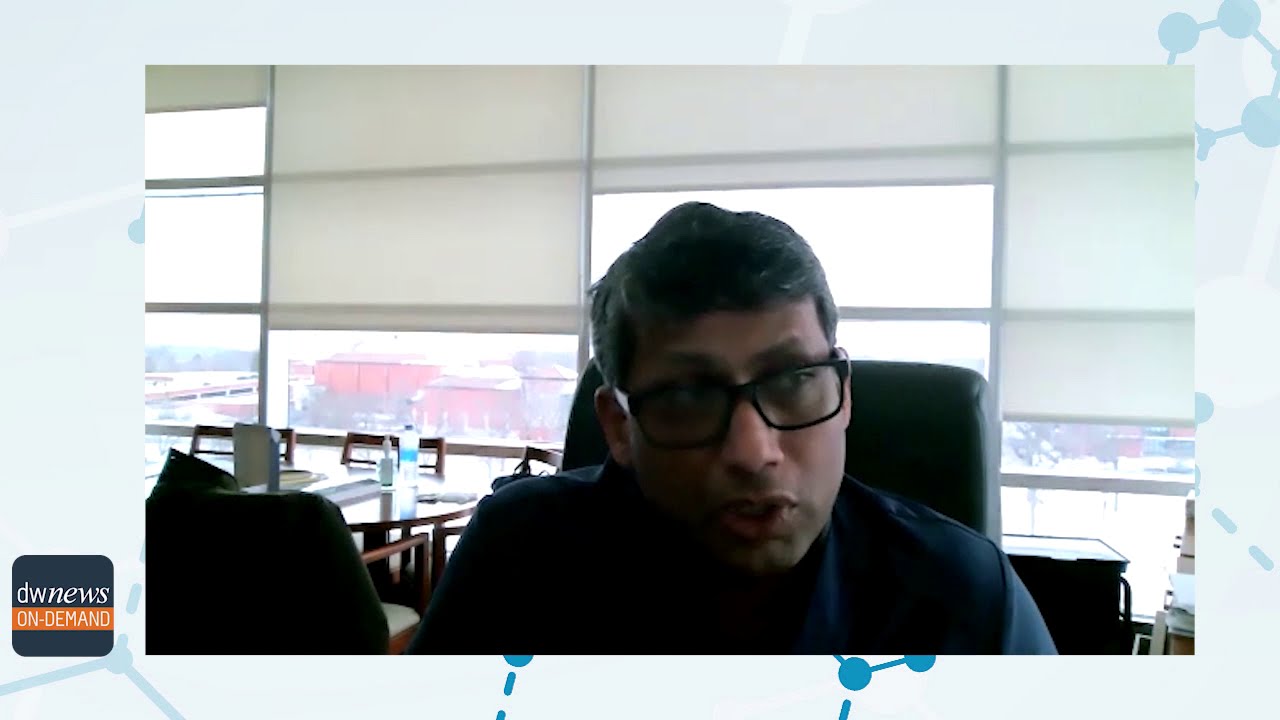Hypomethylating agents (HMAs) are the current standard of care in patients with high–risk myelodysplastic syndromes (MDS). However, for various reasons, some patients may not stick with the full cycle of four to six treatments or more, leading to a possible loss of response or inability to achieve primary response.
According to researchers who presented at the all-virtual 62nd ASH Annual Meeting & Exposition, “Premature termination is likely to result in poor outcomes and considerable healthcare spending.” They designed a study to assess how non-persistence with HMA treatment affects direct medical costs among patients with high-risk MDS.
The researchers restrospectively reviewed patients with MDS who had refractory anemia with excess blasts (RAEB) from the Surveillance, Epidemiology, and End Results-Medicare database. “RAEB diagnosis is considered to substantially overlap with high-risk MDS and has been used as a surrogate for high-risk MDS,” the researchers said.
The cohort included 664 patients diagnosed with MDS and RAEB between 2011 and 2015. Other inclusion criteria were at least one year of continuous Medicare enrollment prior to diagnosis, and no stem cell transplant or lenalidomide treatment in the follow-up period.
The patients were divided into two groups:
- Those who persisted with HMA therapy, receiving four or more cycles without any delay of 90 or more days between cycles (n=369; 55.6%)
- Those who did not persist with HMA therapy, receiving fewer than four cycles or having a gap of 90 or more days between cycles (n=295; 44.4%)
Both groups had similar demographic and clinical characteristics, but the patients in the non-persistent group were older at diagnosis and less likely to be married.
The researchers then analyzed patients’ healthcare utilization and direct medical costs during the follow-up period. They found that patients who did not persist with HMA treatment had more:
- Hospitalizations
- Visits to the emergency department (ED)
- Skilled nursing facility admissions
- Use of home health services
- Hospice care
Patients who were not persistent with therapy also had significantly higher total per-patient per-month costs than the other group ($18,039 vs. $13,893), especially for hospitalizations and visits to the ED.
The researchers concluded that a high proportion of patients with high-risk MDS discontinue treatment with HMAs, and that decision often leads to higher healthcare utilization and costs.







 © 2025 Mashup Media, LLC, a Formedics Property. All Rights Reserved.
© 2025 Mashup Media, LLC, a Formedics Property. All Rights Reserved.